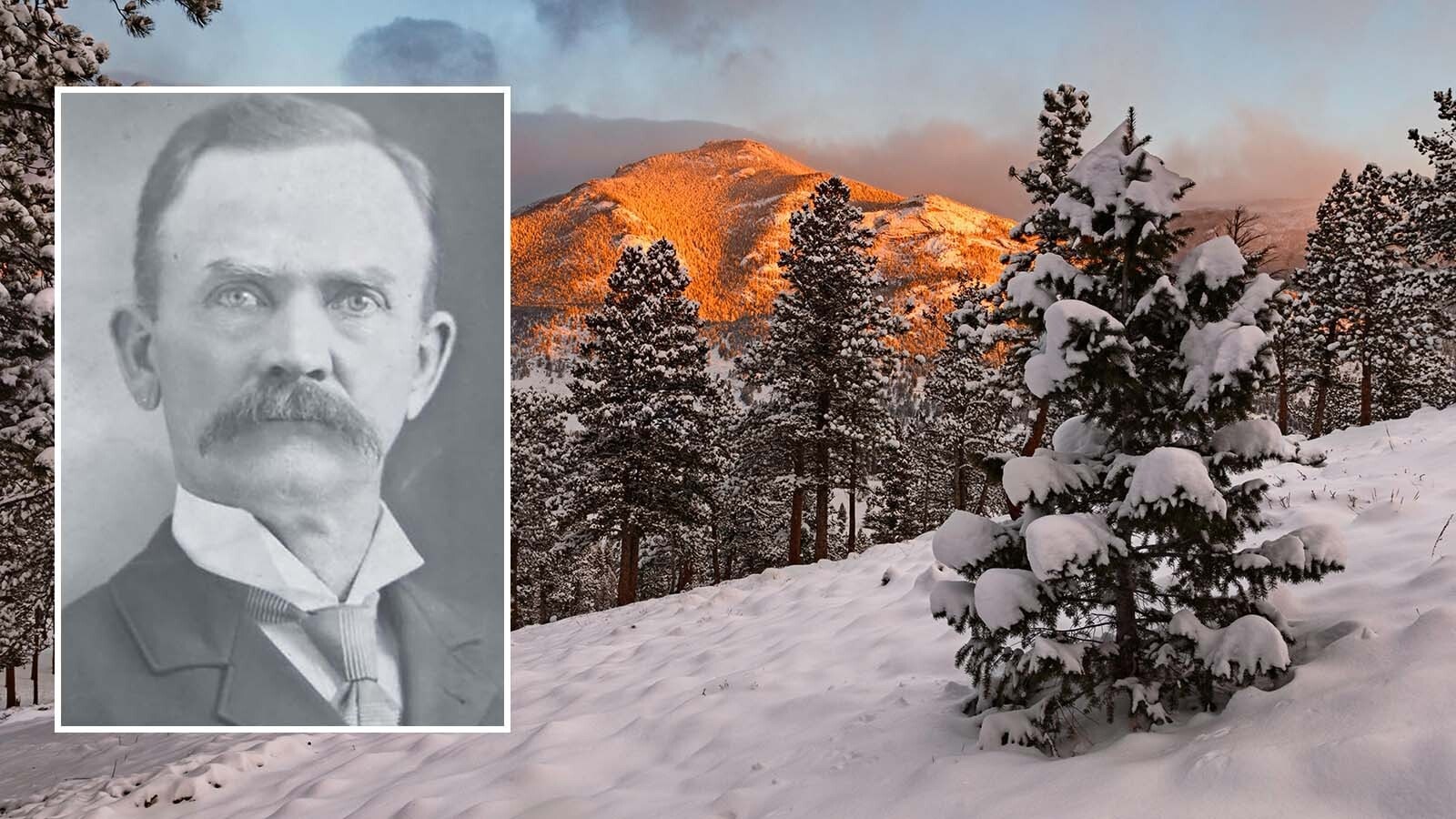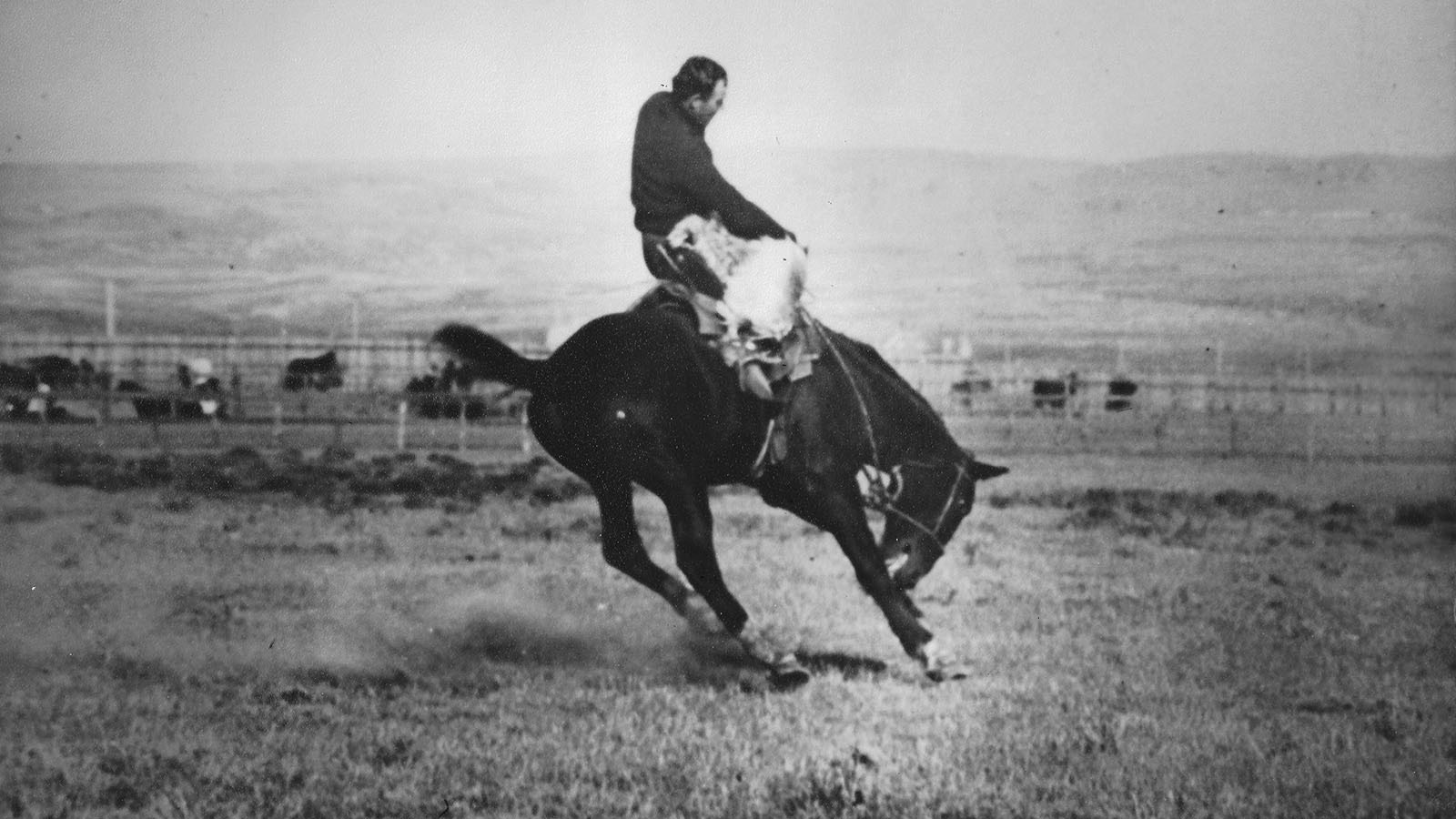It took some effort for Elizabeth Whittear Sermon to convince her husband Joseph to leave their comfortable life in England and travel to America in 1856.
Elizabeth was a convert to the Church of Jesus Christ of latter-day saints, and she wanted to follow her faith to America, just as thousands of others from Great Britain had done.
Joseph Sermon at age 55 had a steady job and the family owned two homes. Elizabeth, who was 37, convinced him to sell everything in February 1856. With their children John, 8, Robert, 6, Henry, 5, and Marian Elizabeth, 3, they sailed from England on the Caravan.
Upon arrival in New York City, they had adequate money to purchase railroad tickets in New York to take them west. In May they reached Florence, Nebraska, where they first rented a house, until their money dwindled. Then they bought a tent and moved into it.
During that summer the Sermons saw other Mormon converts pick up hand carts and head out across the plains. Ever cautious, Joseph hesitated to leave Florence, but finally, he bought a team of mules and a wagon, intending to join a wagon company. Again, however, Elizabeth’s strong personality prevailed. She convinced him to sell the wagon.
“After much discussion and counsel from the Elders, we were convinced (at least I was) that it was God’s will that they be sold and we buy hand carts so that more Saints could make the journey to Zion,” she said.
Without a wagon, the family began selling other possessions because they knew they couldn’t carry everything they had in the handcart they would use to travel west. It was August when the Sermon family finally joined the handcart company led by Edward Martin.
Getting A Late Start
This late start would have disastrous consequences for Elizabeth and her family.
Martin’s handcart contingent pulled away from Cutler’s Park in Florence on Aug. 25, 1856, carrying provisions expected to last 60 days. Traveling near them “to be all the assistance they could be” were the wagon companies led by William Ben Hodgetts and John A. Hunt.
These three parties would travel closely together across Nebraska and into Wyoming. In all, more than 600 people pulled 146 poorly built handcarts in Martin’s company.
Out on the plains of Nebraska, with the carts heavily laden with flour, the children had to walk. “The way was rough,” Elizabeth remembered years later.
Soon Joseph’s health began to fail. “His heart almost broken, he would say [to Elizabeth], ‘What have you brought us to, you, yourself in shafts drawing like beasts of burden, your children hungery and almost naked.’”
Realizing that Joseph was seriously ill, Elizabeth stopped her cart one day and threw out the flour. “I told the Captain Martin that if I and my children could not eat some of it, I would not draw it any further.”
The captain’s response was that she “must be obedient or we will leave you on the plains as food for the wolves.”
Food Was Giving Out
In recalling the incident nearly four decades later, she said “On some days we made good time—other days a cart or two would break down, a child would be missing... Our food was giving out, our bodies growing weak. Cold weather chilled the body, the travel was slow and hard.”
As the hard travel continued, the family struggled with the schedule, the many camp meetings held, and the physical challenge of not only drawing the carts, but also of setting up a new camp each day.
By the time they were in western Nebraska Elizabeth began to resent that some of the captains had advantages over her family and friends.
“By our going around camp at night where cooking pots of some of the Captains could be seen, they looked pretty full and smelled quite savory,” she said. “In fact the Captains fed well while we drank ours in porridge for I could not make bread with the small allowance of flour.”
It was already mid-October and the weather had turned stormy and much colder when the company was somewhere near Devil’s Gate and Martin’s Cove in central Wyoming. By then Joseph Sermon’s health failed.
The Family’s Great Loss
He died in Elizabeth’s arms and was buried in a common grave with eight other men who died at that same time.
Elizabeth “sewed him up in a quilt with his clothes on.” But she removed his boots and began wearing them herself.
By then Martin’s handcart company was facing a dire situation. The winter weather forced them to take refuge at the place later called Martin’s Cove for several days. And while there many in the company perished, even though they had met relief parties sent to help them by LDS Church President Brigham Young.
After more than a week of delay due to the weather, Elizabeth and the children, plus other members of the company, again walked west.
Frozen Toes
“There was snow on the ground every place we camped and some bitter cold weather,” Heber McBride, another child traveler, recalled. “There was a great many froze their toes and feet.”
One of those whose feet froze was 5-year-old Robert Sermon. In the days ahead his mother “had to take a portion of Robert’s feet off—portions that were decaying.” Using her scissors, she cut away the dead skin “until the poor boy’s feet were nearly all gone.”
Doing her best to care for the children Elizabeth would clear the snow away from their tent using a tin plate, gather what wood she could find, and make any meal she could muster from limited flour and other supplies.
“We went to bed without supper so that we could have more for breakfast,” she later recalled. “I found it some help to toast the rawhide on the coals and chew it; it kind of kept the terrible hunger away, for I assure you, I was feeling it rather keenly now.”
The cold did not spare Sermon’s 9-year-old son John either. His feet and Elizabeth’s also began to freeze. “But thank god none had to be cut [from her or John’s feet] as much as Robert’s.”
Apparently the 3-year-old daughter Marian didn’t suffer so much from the cold because she rode in the handcart and was covered with clothing that protected her from the freezing weather.
When Elizabeth asked for a cob of corn from one of the rescuers to feed the children, he refused, telling her, “My horses have not enough to eat now and I do not know how we will get back to Salt Lake if the horses give out.’”
Elizabeth and the children did reach Salt Lake City and later, when writing to her family, Elizabeth was far more critical of the handcart migration than she had been at the start.
As a mother the struggle her children had faced deeply affected her and she said the handcart migration had been a “misguided scheme.” Even so, Elizabeth Sermon had proved her strength and resilience in immigrating from England to Utah.
Candy Moulton can be reached at Candy.L.Moulton@gmail.com She is the Author of "The Mormon Handcart Migration: Tounge Nor Pen Can Never Tell the story."





